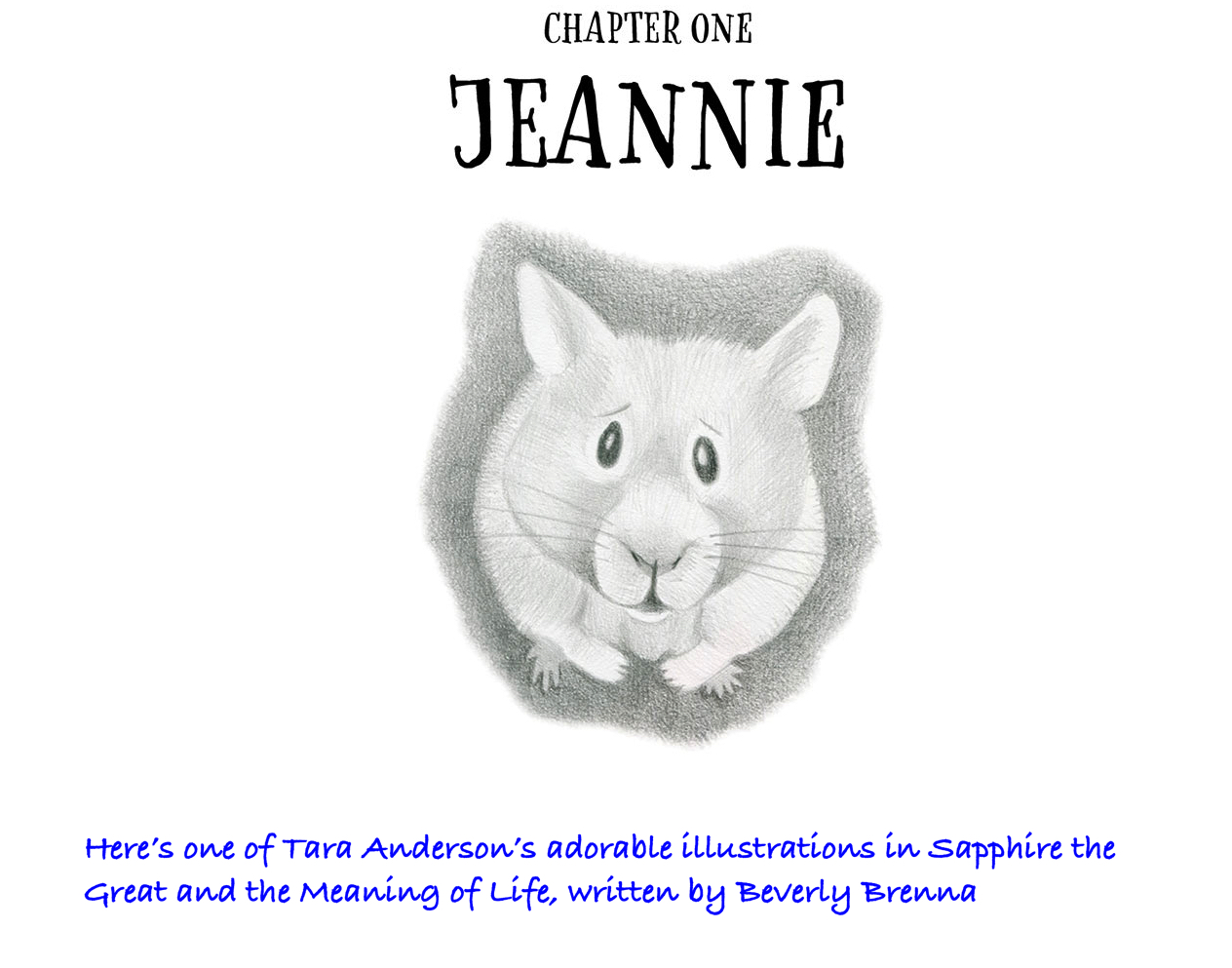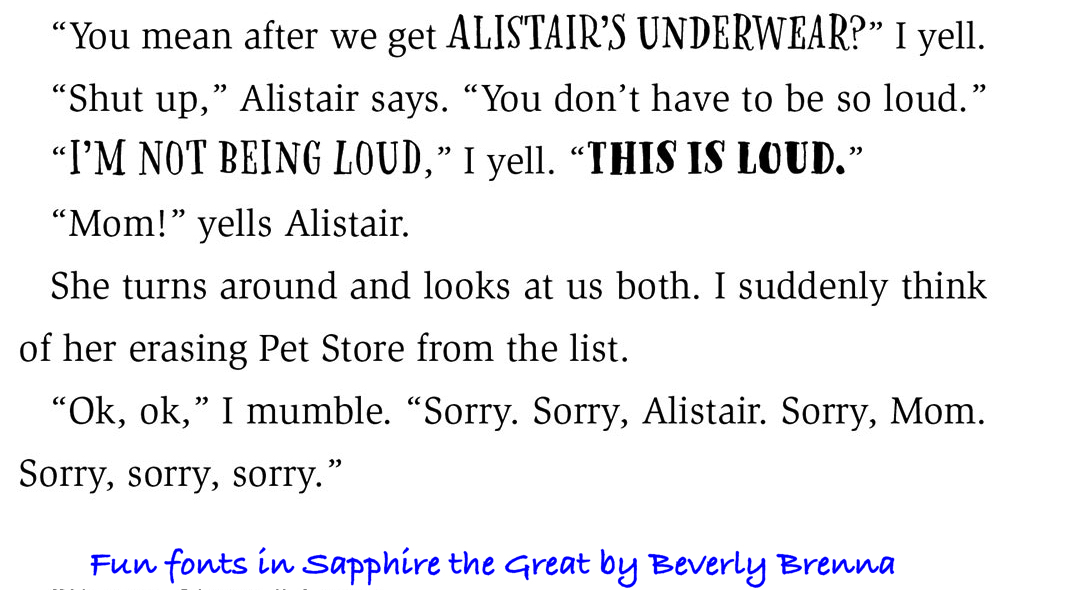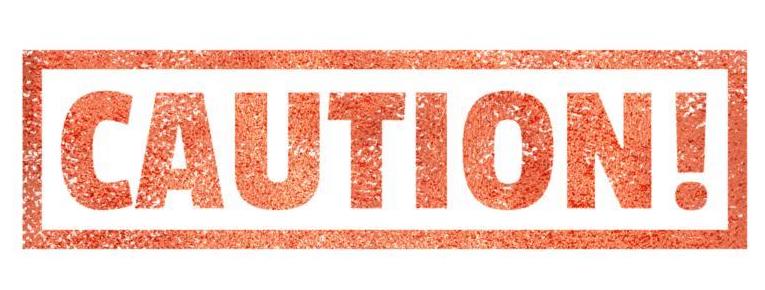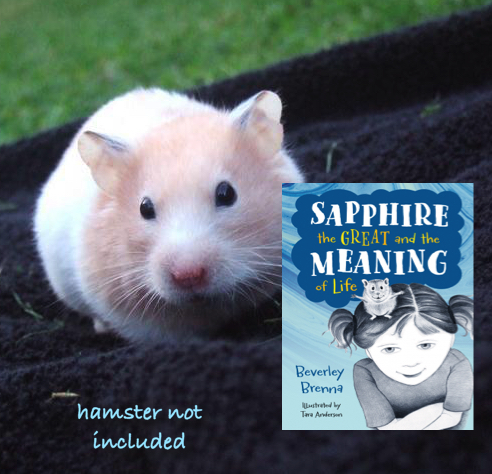TBR Tuesday Review: Sapphire the Great and the Meaning of Life By Beverly Brenna

This week's recommendation for your To Be Read list is
Sapphire the Great and the Meaning of Life
By Beverly Brenna, Illustrated by Tara Anderson.
It's out this week (2/22/19) from Canada's Pajama Press.
From Pajama Press:
It’s not every day you encounter a hamster experiencing an existential crisis, but Sapphire has spent her short pet-store life convinced that she’s waiting for…something. At first she thinks it’s to be FREE, but it may be possible that life has a greater purpose in store—a purpose Sapphire will discover thanks to a nine-year-old girl whose family is changing in ways she doesn’t quite understand. Jeannie’s dad has moved out, her mom is always tired and snappish, and her older brother just wants to play video games in his room all day. Jeannie doesn’t understand what’s going on, but she knows one thing: she really, REALLY wants a hamster. Her mom promised she could buy one with her Christmas money, but it’s been WEEKS since the holidays and Jeannie’s beginning to worry she’ll never get her pet. But maybe if she does, her dad will come to visit. Maybe a hamster will make everything better.
Sapphire the Great and the Meaning of Life was written in consultation with OutSaskatoon, an organization that supports LGBTQ2S+ people of all ages.

Five Enthusiastic Stars!
This is a fun but meaningful book for the 8-10-year-old range, told in alternating points of view between Jeannie, a loud and kind-of-clumsy kid, and Sapphire, her hamster. Since I had a hamster or two of my own at that age, it was an easy sell for me. Jeannie is a likable yet imperfect character, which I think adds to her relatability. The illustrations at the beginning of each chapter are simply adorable.

I also enjoyed the formatting of the book, with various fonts in various sizes which I think young readers will find engaging.


SPOILERS FOLLOW
Jeannie and Alistair’s dad has been gone for a few weeks, and no one knows quite when he will return, and if this separation thing will turn into a full on divorce. Jeannie’s mom is trying her best but has a lot of challenges as a suddenly-single mother. Alistair and Jeannie have a very believable relationship as siblings, sometimes teasing each other and other times supporting each other.
The family (Mom, Jeannie, and Alistair) meet Anna Conda when they get into a car accident. It doesn’t take long to discover that Anna is not the typical neighbor. It is never fully resolved whether Anna is transgender (most likely), a drag queen (possible), or what label she prefers, but she is 100% AWESOME and my favorite character in the book. She is very believable in her insecurity and nurturing but slightly nervous nature. There’s a hint of backstory, but not enough to distract from the central storyline. I could picture her clearly in my head and wanted to have her over for cookies.
There’s a nice foreshadowing with the hamster’s name/gender confusion, which is a very subtle way of preparing the reader for the idea that a bunch of people can assume you are one gender (and name you accordingly) and then it’s obvious that they got it wrong.
I love the casual acceptance of her: “She’s just Anna,” and how it’s balanced with showing that the world isn’t always kind to her. It’s not the kind of story that pretends the world is all rainbows and sunshine, but neither is it a depressing story centered on bullying.
Anna paves the way for the father coming out later. It’s a smooth way to prepare the reader for idea that people and families can come in all different varieties.
“The word normal doesn’t really apply to people,” says Tom. “It only applies to the weather and stuff like that.”
I will have to say I wasn’t ready to forgive the dad nearly as quickly as everyone else in the story—not for being gay, but for disappearing without letting the kids know when they would ever see him again. That’s not a flaw with the book—being slow to forgive is a flaw in my character.
I think this is a great book for introducing diversity within an engaging story. I think Brenna does an outstanding job of showing how it feels to be a kid—not listened to, awkward, less capable than we’d like to be, frustrated, and confused. Her physical descriptions are kept to a minimum, which allowed me to fill in the blanks with my own imagination, which I vastly prefer to overly described characters.
As an adult, there are some blanks I’d like filled in, but for the target audience, it’s a solid mix of resolution without over-explaining. At 160 pages, this illustrated novel is the perfect size for the child reader and a nice introduction to alternative families and diversity.
Buy the book from Barnes & Noble, IndieBound, Amazon, or request a copy at your library.
Download Pajama Press' teaching guide here.

Thanks Net Galley for a free copy in exchange for an honest review.